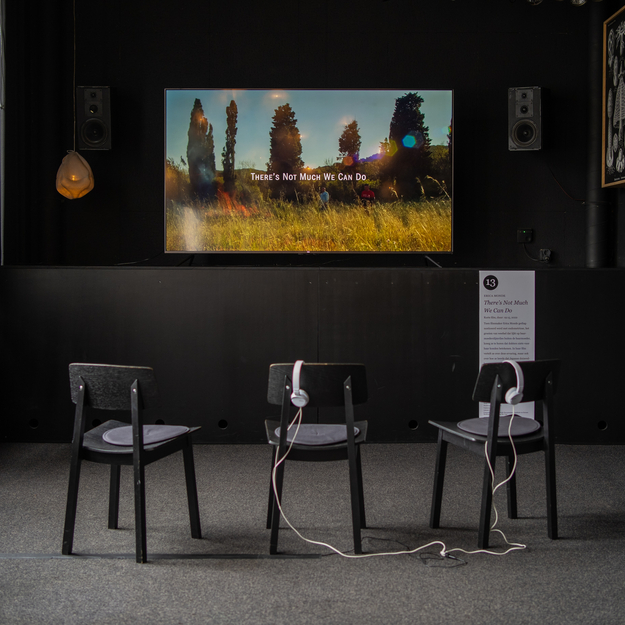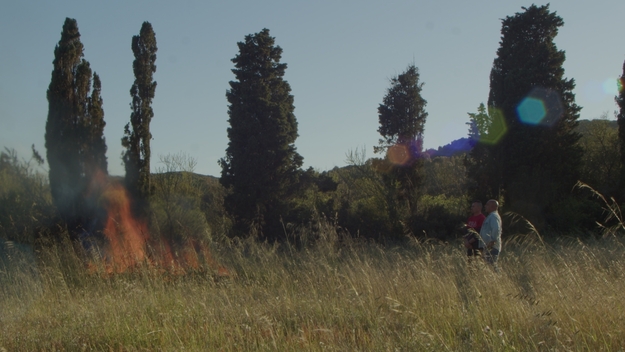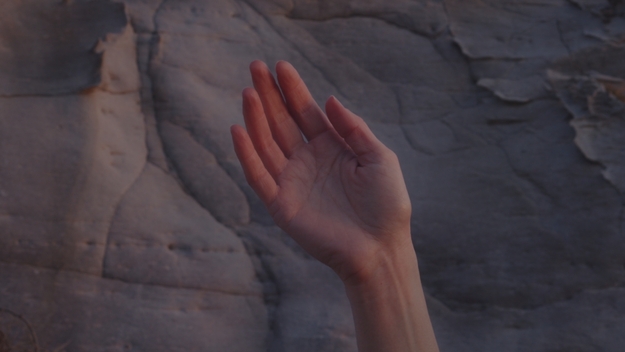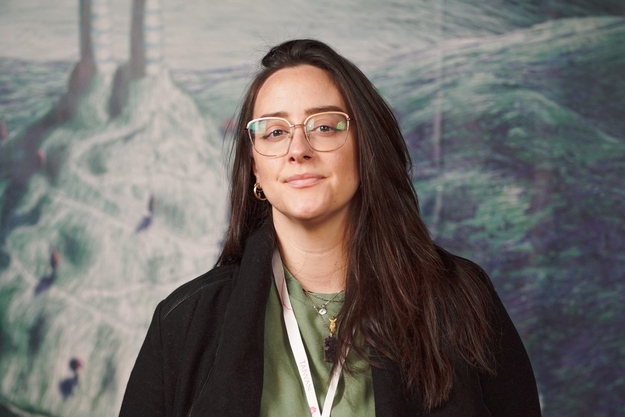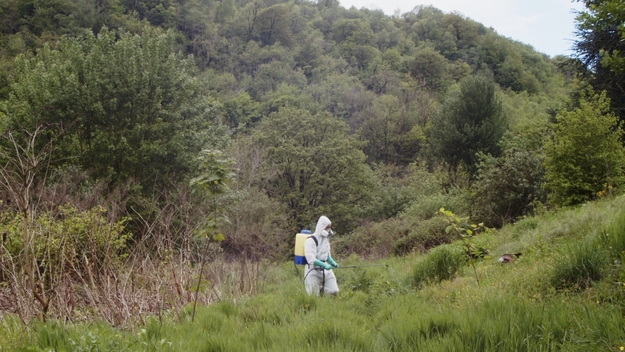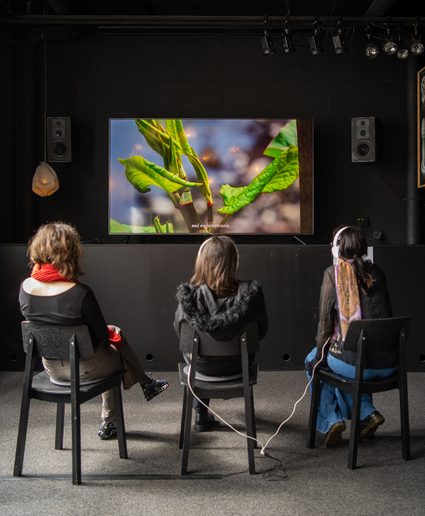Medical misogyny
Why did Erica Monde have to wait so long to be diagnosed with endometriosis? Why do we still see menstrual pain as 'normal' and 'natural'? Endometriosis symptoms are ignored, compounded by issues of disinformation, lack of care, and medical misogyny. And when diagnosed, the disease is difficult to treat and often involves overly aggressive procedures. Perhaps we should put our time and money into developing methods that don't harm our environment and bodies so much?
There's Not Much We Can Do asks us to reconsider what is important in our society: should we be striving for perfection through aggressive, controlling methods? It also questions the ideology of the ideal, "healthy" (or perhaps controlled) person or environment, and instead empathically aligns itself with that which grows subversively.
Fallopia Japonica
Erica's documentary does not condemn Japanese knotweed or endometriosis, but rather the way in which people deal with it. Activity or passivity, both result in violence. Instead of exterminating Japanese knotweed, we can, for example, use it for its healing properties. The plant contains the anti-inflammatory substance 'resveratol', which reduces endometriosis symptoms.
By showing the shared experiences of women and people with uterus and Japanese knotweed, There's Not Much We Can Do reminds us of our responsibility as a society to take care of each other.
About the Artist:
Erica Monde is a filmmaker, anthropologist and artist from Northern California currently based in Scotland. Her work focuses on the relationships between the body and the environment, queer ecologies, medicine, ritual and healing, and studying practices and experiences of her own and other bodies.
She holds a Master of Fine arts in documentary directing from the University of Edinburgh and an MA in medical anthropology from the University of Heidelberg, and draws on over a decade of experience in somatic practices such as dance, focusing, and movement studies. She is co-founder of IMPRINT Documentary Collective, an international, feminist film collective working on embodiment and the body in filmmaking.
Director: Erica MondeEditor: Erica MondeProducer: Clara HarrisWritten by: Erica Monde and Theo PanagopoulosDirector of Photography: Marta MassaSound Designer and Recordist: Alexis PsillasExecutive Producers: Noe Mendelle and Flore CosquerCommissioned by Screen Scotland and the Scottish Documentary Institute for Bridging the Gap
